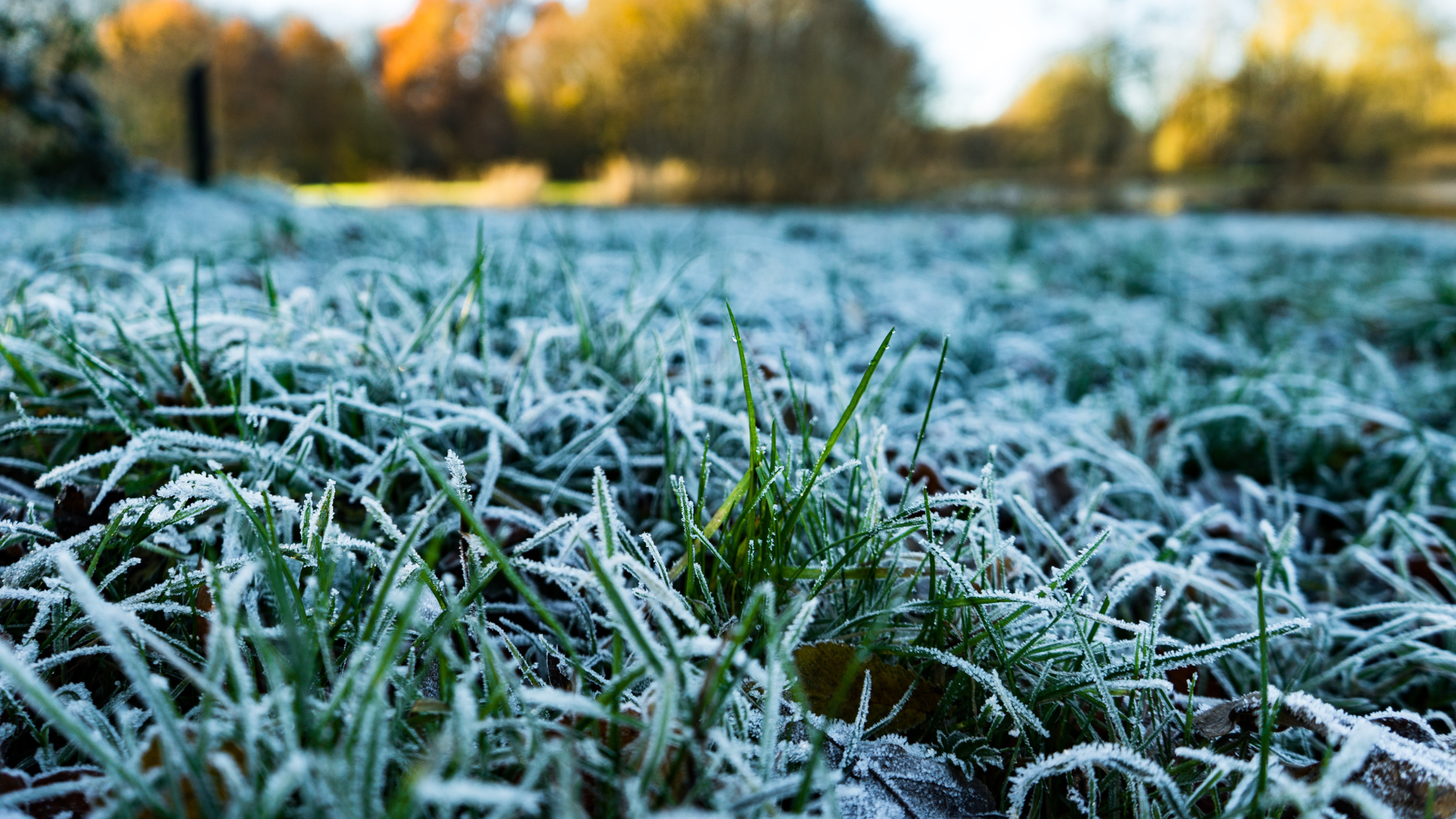
I don't know if you feel the same, but winter is approaching a lot faster than I anticipated. For me, colder and darker days mean staying inside and cosying up on the sofa with a mug of tea. However, this year, things are going to be a little different.
As I've mentioned before, I moved into a new house a few months ago, and with it came a little garden and courtyard. It's been a lot of fun setting up my outdoor smart lighting and carrying out fun DIY projects, but I really don't want the winter weather to hinder the progress I've made. With this in mind, I spoke to the experts at Yell who helped me compile my own winter garden maintenance checklist to prepare my garden in advance of the upcoming spring. As I've found it so useful, I couldn't wait to share with you what I leant.
Before I share, have you seen our round up of the best garden tools? I'm slowly making my way through it...even thought my shed probably can't take anymore.
1. Protect my plants
Whilst plants may thrive in spring and summer months, the harsh extremes of autumn and winter can have a detrimental effect. They need protection from frost, gales and freezing rains, or they could decline rapidly. To ensure summer growth isn’t lost, I'm going to be following these steps:
Insulate tender plants
Now is the perfect time to move plants into a greenhouse or sheltered spot. I don't have one of these as my garden is on the small side, so I'm going to be wrapping mine in fleece or bubble wrap instead. This gives them a defence against the wind and rain. The other option is covering them with compost or a thick layer of chippings, as long as they’re around 10cm deep.
Protect potted plants
Potted plants can get soggy if you leave them out in the rain. I'm going to be making sure all my pots have drainage holes and are raised off the ground. This leaves space for excess water to run off. When plants are unlikely to survive the frost, they should be brought indoors. Again, a greenhouse is ideal, but a shed, garage or conservatory also works.
2. Start planting for spring/summer
For a luscious garden filled with thriving plants and flowers next year, the best thing to do is start preparing now. Here are a couple of jobs I'm going to be doing:
Plant tulips
November is the perfect time to plant tulips as it helps reduce the risk of tulip fire – a fungal disease that affects the growth of tulip leaves.
Plant new hedges
November is a good time of year to plant new hedges, which is why there are lots of bare-rooted hedging plants currently in garden centres. Prepare your site well and dig in lots of compost. I'm going to be using a specialist tree and shrub compost which strengthens trees and shrubs from the inside out.
3. Prune my fruit trees
It’s safe to prune your fruit trees since they’re dormant during the winter. This will promote a more stable tree with stronger growth in the year ahead, which means they'll produce more fruit too!
The two main things I'll be doing are removing any dead or diseased wood, and pruning tangled branches that are rubbing against or crossing each other. Different types of fruit trees need cutting at different times during winter, but if you’re ever unsure, always check with a professional.
4. Prepare and protect my lawn
Autumn is the perfect season for getting your lawn ready for next year. This milder, wetter season is perfect for improving your lawn’s condition and giving it a solid base for the months ahead. My lawn isn't very big but the experts have told me that readying your lawn for winter is one of the most important autumn gardening jobs you'll need to handle. These are the steps I'll be taking
Rake my lawn
The process is simple. Use decent force to rake across your lawn, removing thatch without tearing out grass. Go in one direction before doubling back on yourself.
Aerate the lawn
Use a garden fork to spike your lawn, ideally to the full depth of the tines. Move the pitchfork around to increase the size of the holes. If you wait until conditions are frosty or the grass is very wet, you could damage your lawn.
Complete top dressing
Apply a mix of loam (a fertile type of soil), sand and rotted organic matter to the lawn’s surface. This mixture will fill the holes formed by aeration. This process improves drainage, breaks down thatch, and feeds the lawn – so there are plenty of benefits.
Keep off the grass
Once you’re through with your autumn lawn care, you should give the grass time to settle in for winter. You’ll need to stay off the grass - the same goes for children and pets - especially if it’s frosty. Letting your grass breathe will give it the best chance of surviving winter unharmed.
Interested in more? Have a look at the 4 essential household checks I'll be carrying out before winter arrives.







